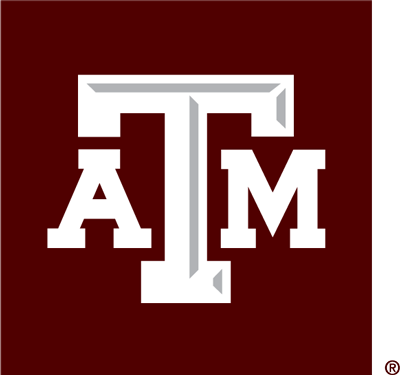Biography
I am an interdisciplinary scholar of early modern literature and histories of science, with particular interests in poetics, gender, and media archaeology.
My first book, Anatomical Forms: The Science of the Body in Early Modern Women's Poetry (University of Pennsylvania Press, 2025), argues for poetry as a tool for scientific work wielded by early modern women writers to explore and challenge developments in anatomy and physiology. Women poets have long been absent from histories of literature and science, but by shifting our focus from content to form, I reveal complex inquiries into corpse preservation, dissection, obstetrics and gynecology, and skin theory in early modern women's poetry.
My current research focuses on questions of scale in early English colonial encounters. I am particularly curious about the role of touch in relation to colonial poetics and curiosity cabinets, and the cartographic work of early modern women's romances.
I am co-editing Early Modern Literatures and Sciences: Forms of Knowledge in Women's Writing (with Liza Blake). Additional editing projects include the "Civil War and Interregnum" section of the Palgrave Encyclopedia of Early Modern Women Writers (co-edited with Penelope Anderson) and a portion of Margaret Cavendish's Poems and Fancies for the Complete Works of Margaret Cavendish project.
My research has been supported by the National Endowment for the Humanities, American Philosophical Society, and the Folger Shakespeare Library.
Educational Background
- PhD English, Indiana University Bloomington
- MA Humanities, University of Chicago
- BA English, SUNY University at Albany

